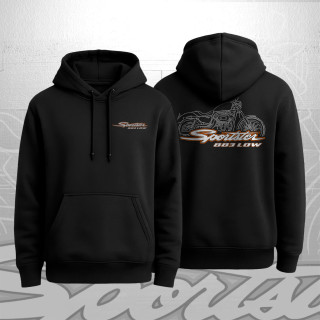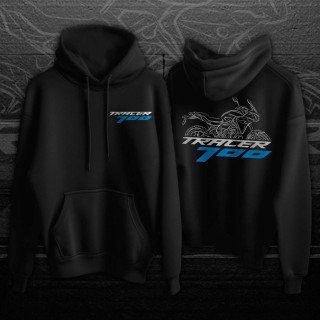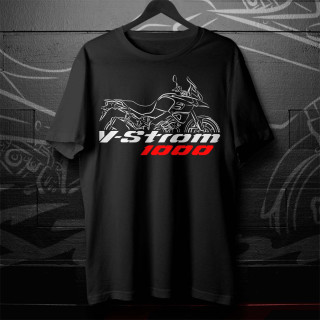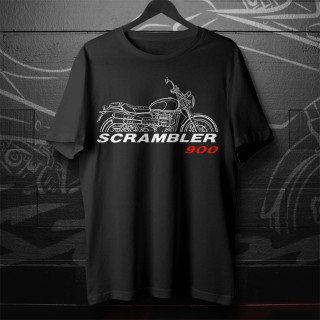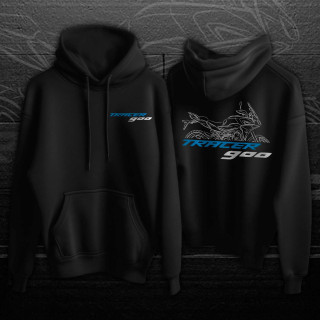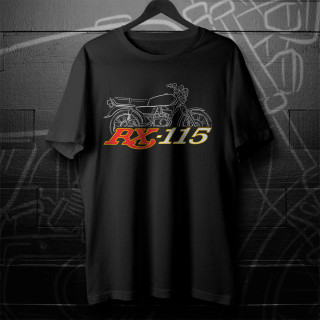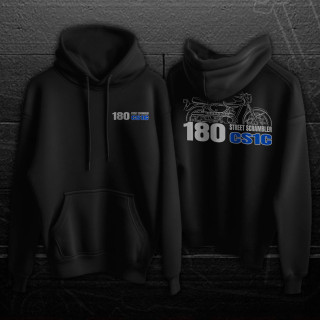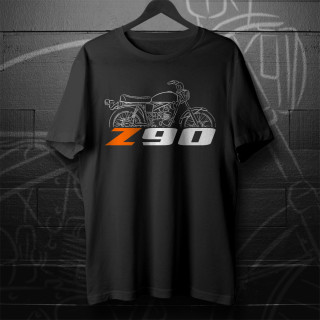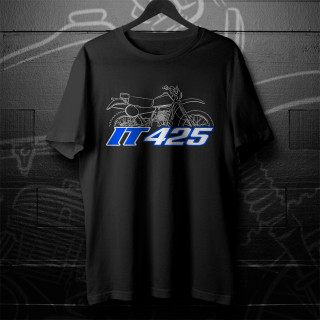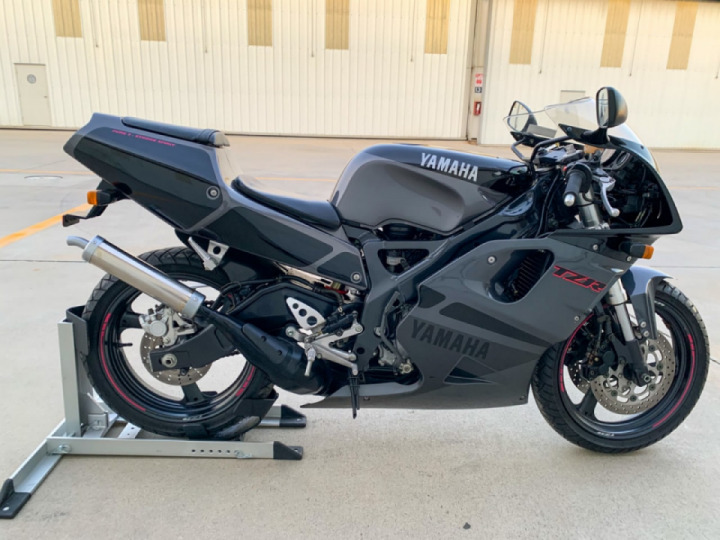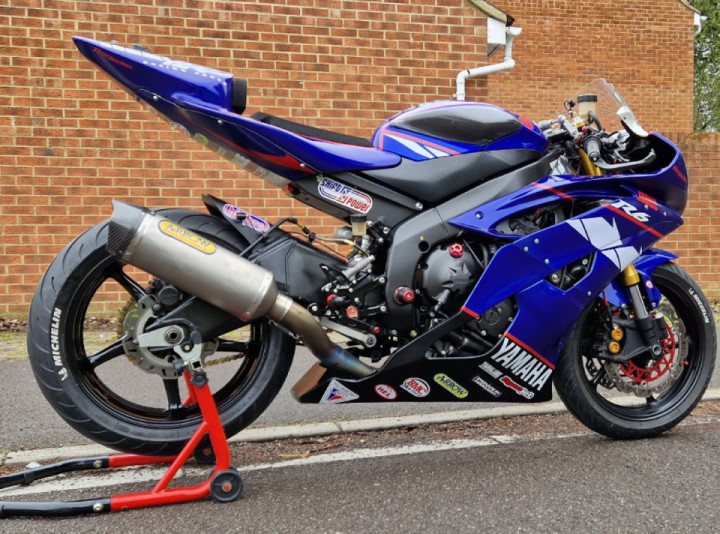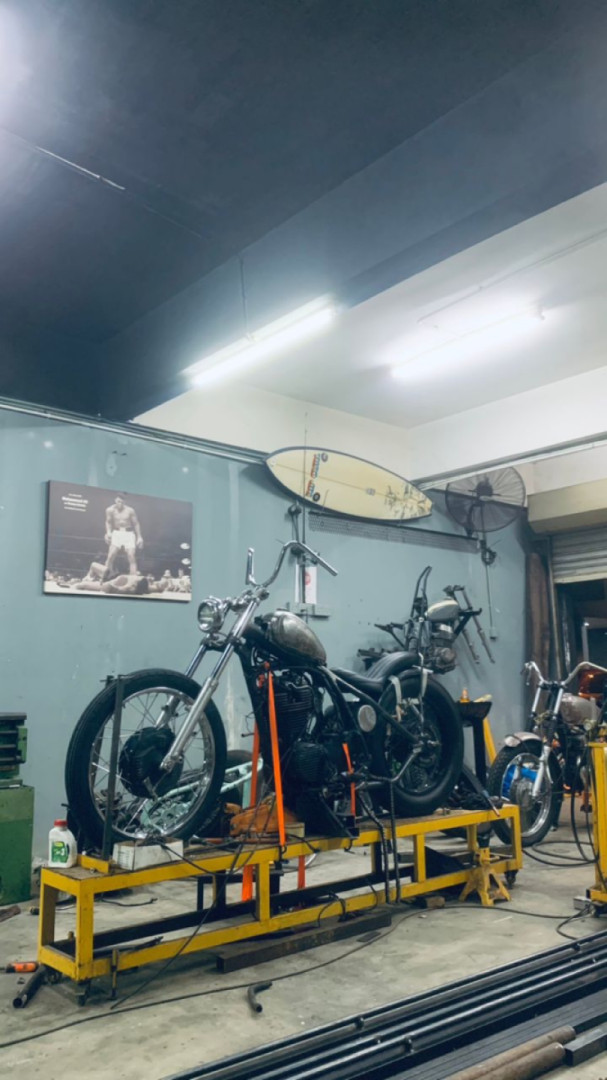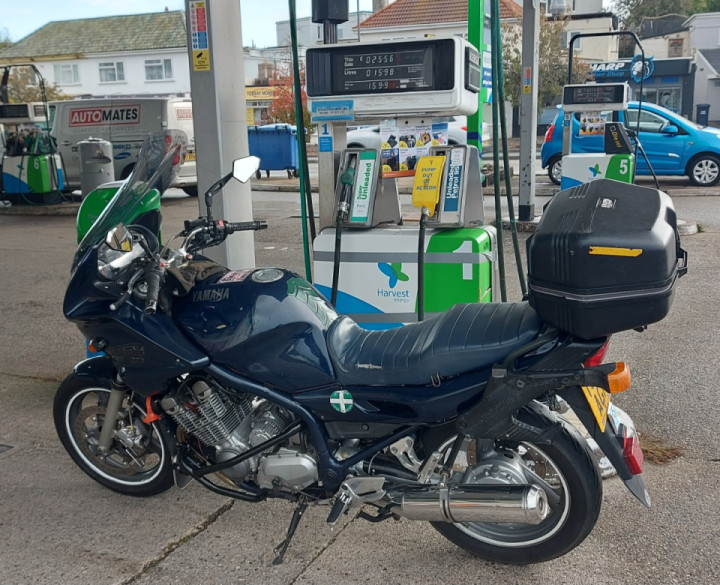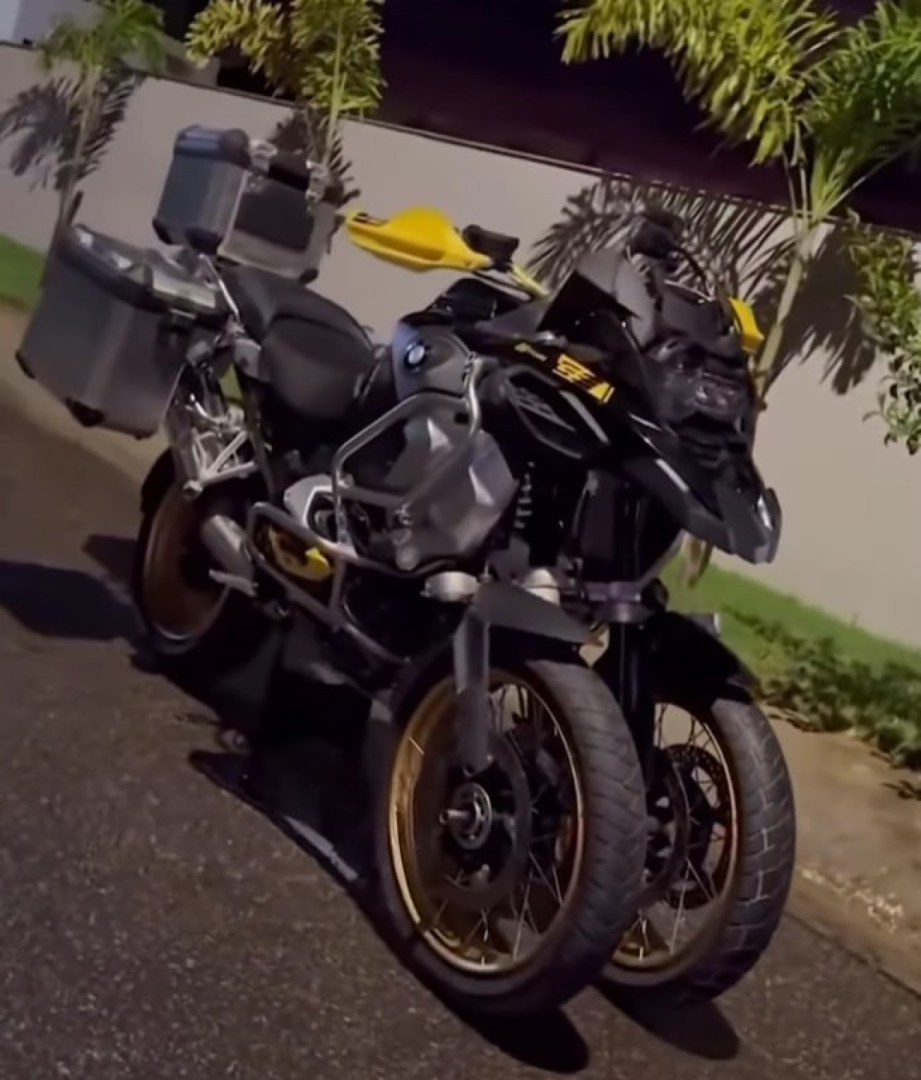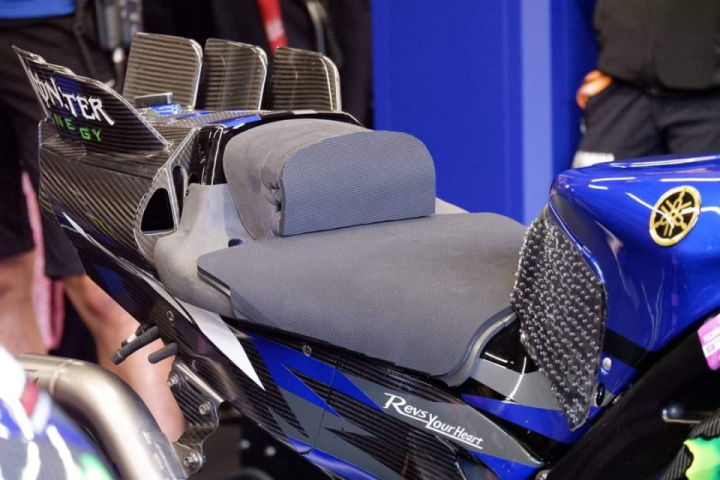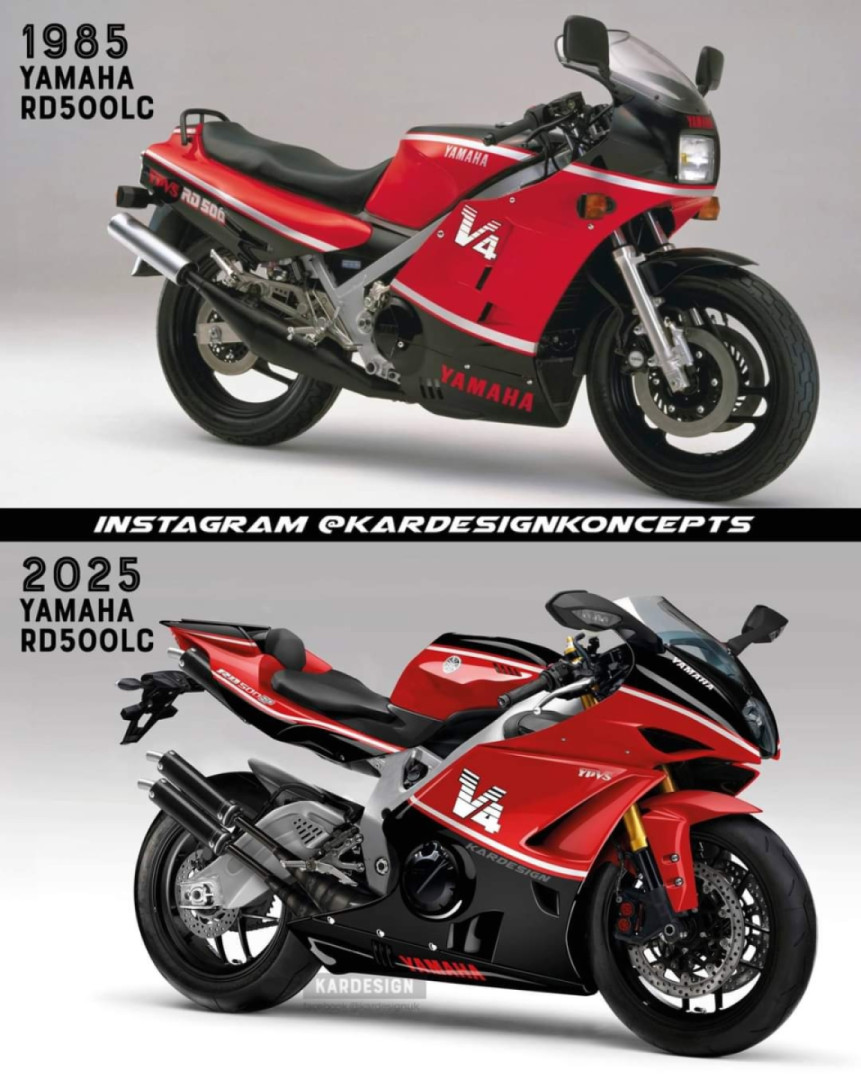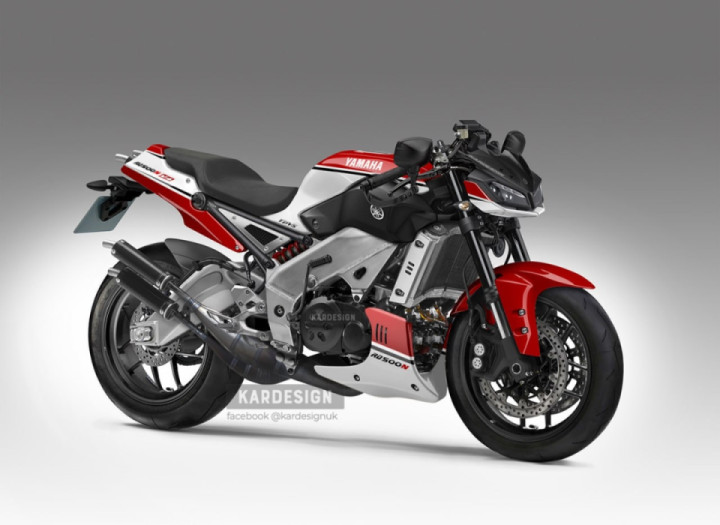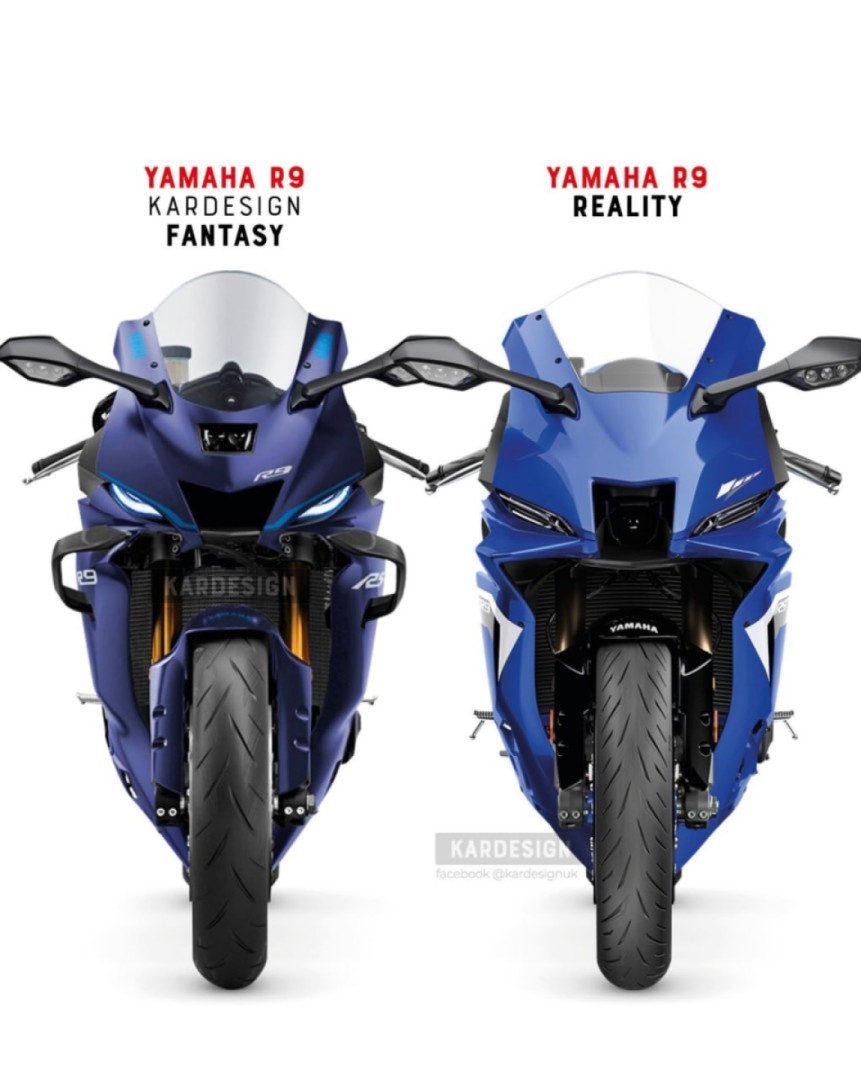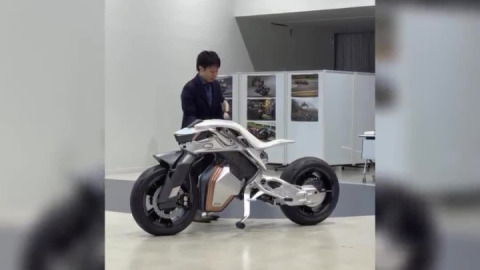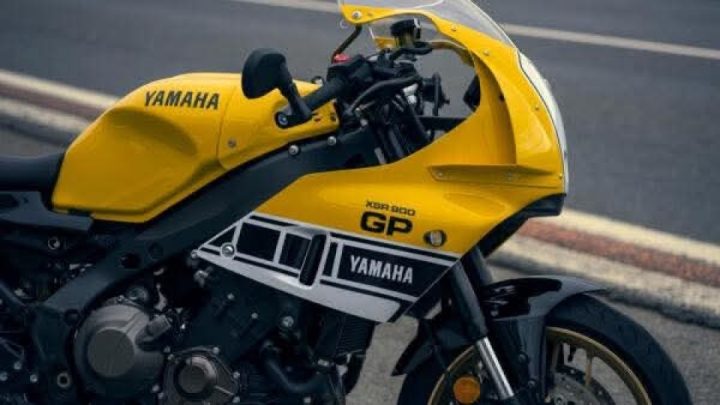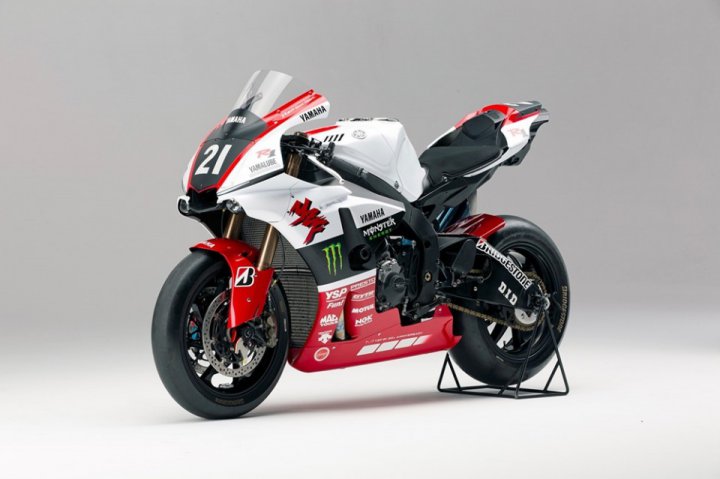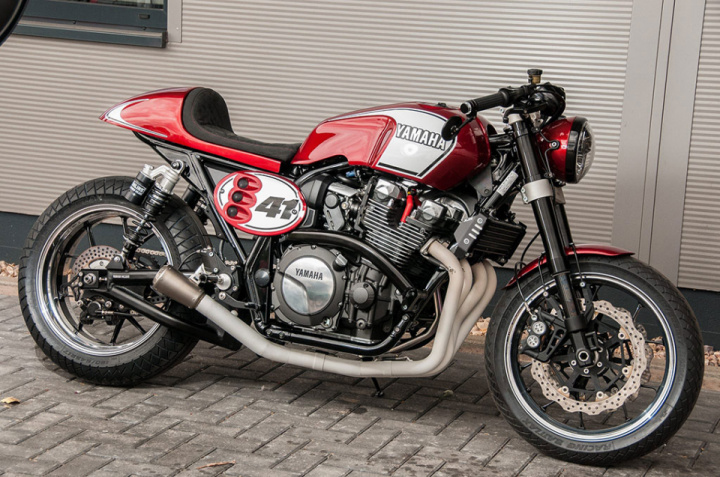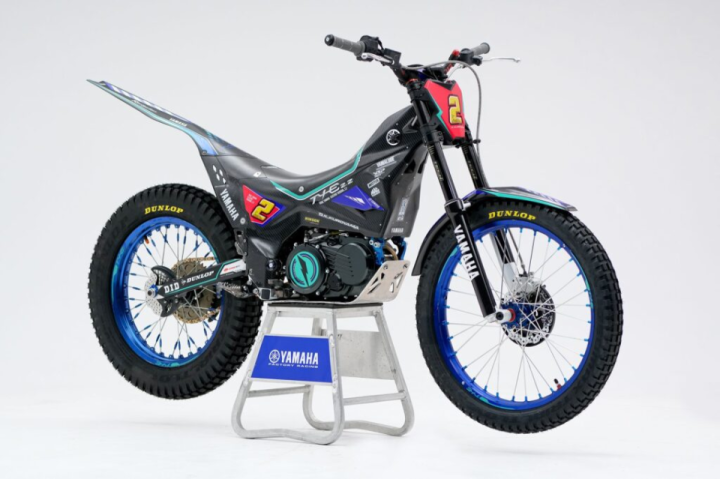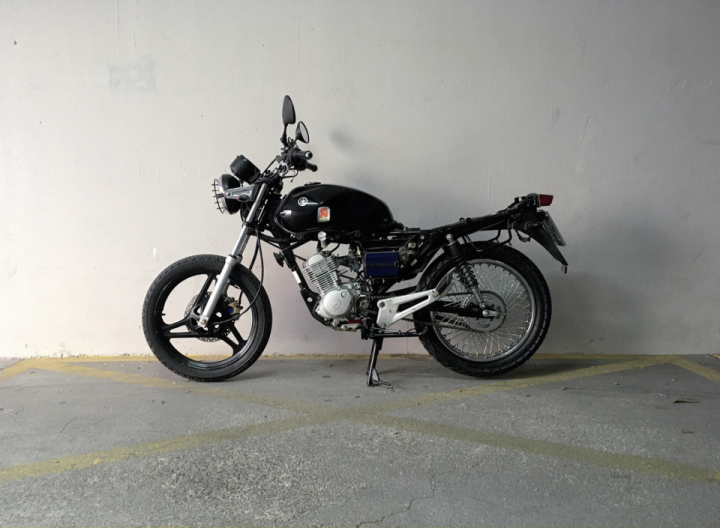
Yamaha TZR250
Visually, the TZR is a spitting image of John Kocinski's 1990 world-championship-winning works Yamaha YZR250, save for its lights, turnsignals, passenger perch and lack of sponsorship decals. In actual ancestry, the TZR is a close relative of Yamaha's TZ250D production racer, the two sharing the same crankcases, bore and stroke, displacement and 12,000-rpm redline.
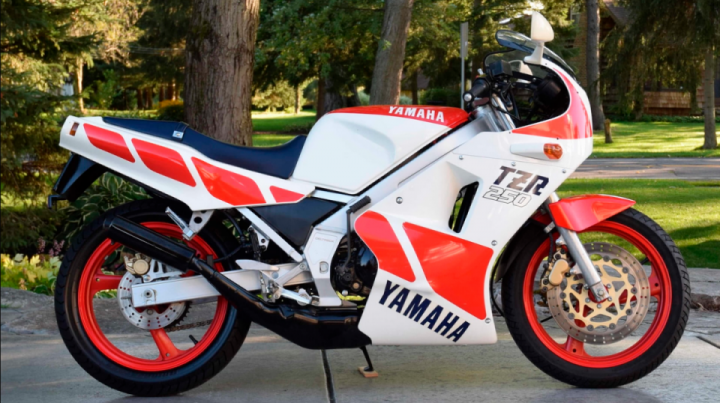
As on the TZ, the TZR is powered by a counterbalanced, two-stroke V-Twin with a bore and stroke of 56.0 x 50.7mm for a displacement of 249cc. TZ-style reed valves and a six-speed, cassette-type transmission add to the list of road-race-quality components.
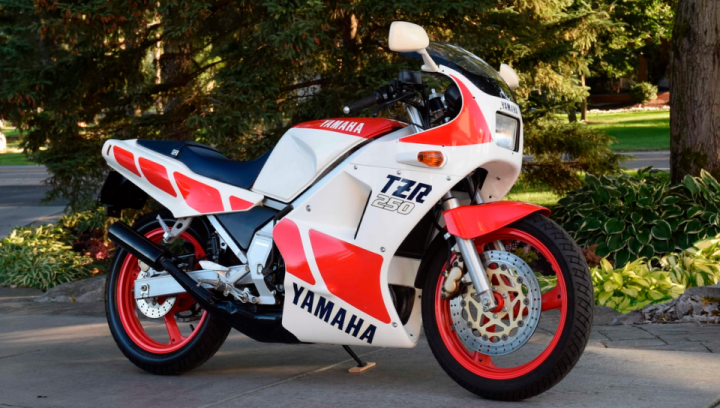
Bloom provided us with a 1991 TZR to sample at Laguna Seca Raceway. Unfortunately, the only one he had available at the time was a Japanese-spec model limited by that country's strict home-market regulations to a claimed 45 horsepower-about one-third less than on non-restricted versions. But despite its reduced power output, it still impressed us with its overall performance.
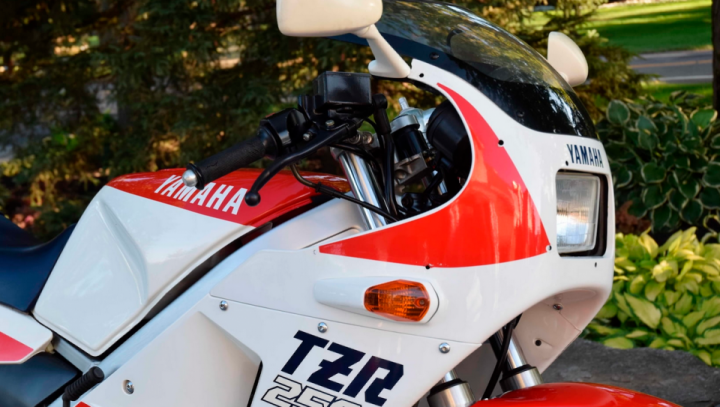
For one thing, the engine possesses a surprisingly wide powerband, attributable to its computer-controlled engine-management system. An eight-bit microcomputer controls the advance curve of the electronic ignition, the actuation of the exhaust pow-ervalve, and the fuel mixture provided by the flat-slide 26mm Mikunis.
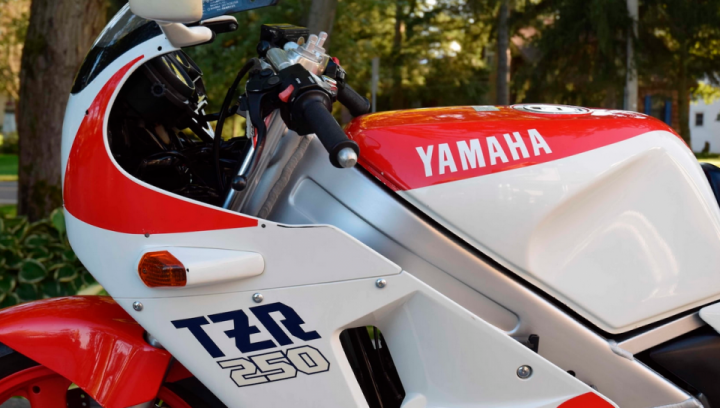
All of this allows the little 250 to pull cleanly and steadily from low rpm, & but the real but the real excitement is found on the upper floors of the rpm scale. Kept zinging between 8000 and 11,000 rpm, the engine is surprisingly potent and exciting, even if it does fall far short of the championship-caliber performance of the YZR250 roadracer, which pumps out nearly twice the power of the TZR. Though unable to measure top speed, we saw an indicated 155 kph (about 96 mph) over the crest of Laguna's Turn One. But those who lust after 250 race replicas don't expect Superbike-level engine performance. They place greater value on lightning-quick handling, which is the TZR's greatest virtue. The bike's aluminum, twin-beam Deltabox frame, allied with ultra-responsive steering geometry (24 degrees of rake, 3.5 inches of trail) and a 278-pound claimed dry weight, allowed the TZR to be flicked through Laguna's infamous Corkscrew with almost ridiculous ease. But that agility also has its drawbacks, as the TZR's responsive nature requires an equally light touch at the controls. Ham-fisted riders need not apply.
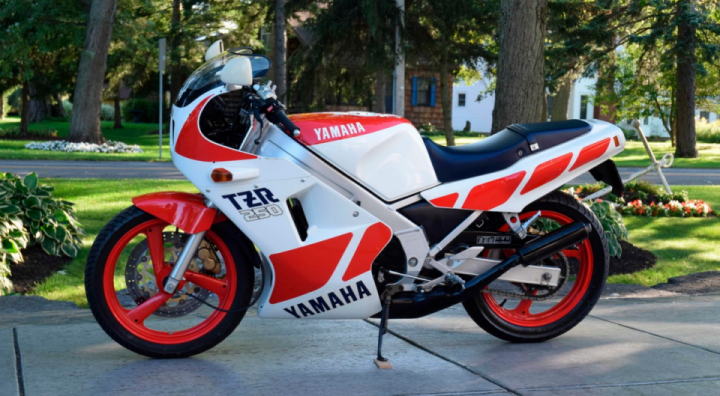
Braking is outstanding. The TZR's 39mm inverted fork is fitted with four-piston calipers pinching a pair of floating discs. Even under repeated abuse around Laguna's 11-turn circuit, the brakes consistently provided excellent feel and were resistant to fade.
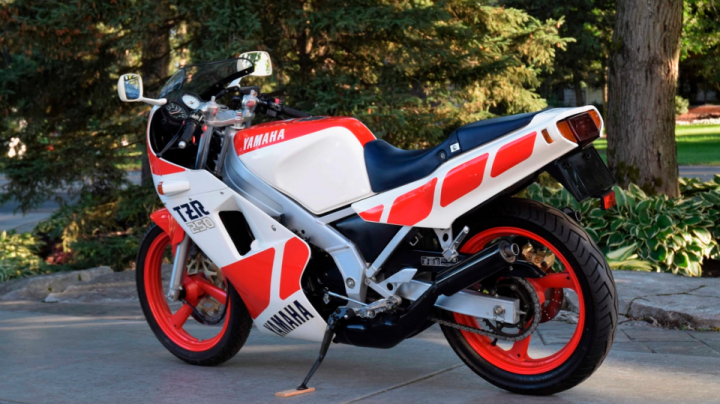
Though our riding time on the Yamaha was limited, both fellow
Associate Editor Don Canet and 1 came away with a strong appreciation for the TZR's phenomenal handling. No, the TZR250R will not break any speed records or set blazing quarter-mile times; but when it comes down to consuming corners, nothing currently in any manufacturer's U.S. lineup even comes close.
Matthew Miles 1992
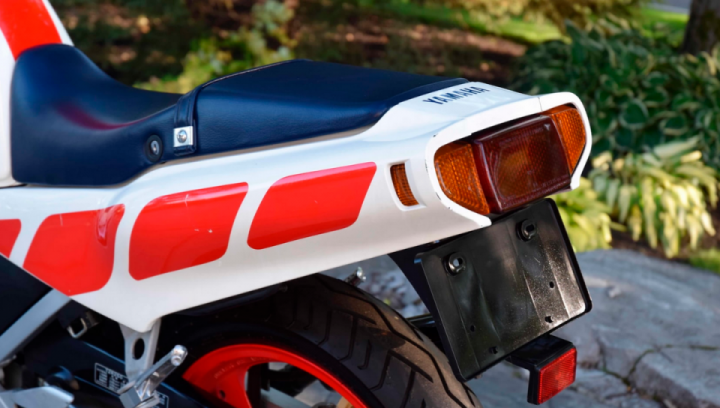
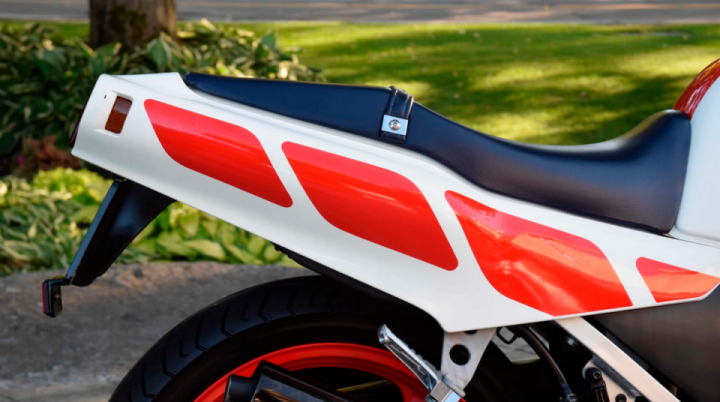
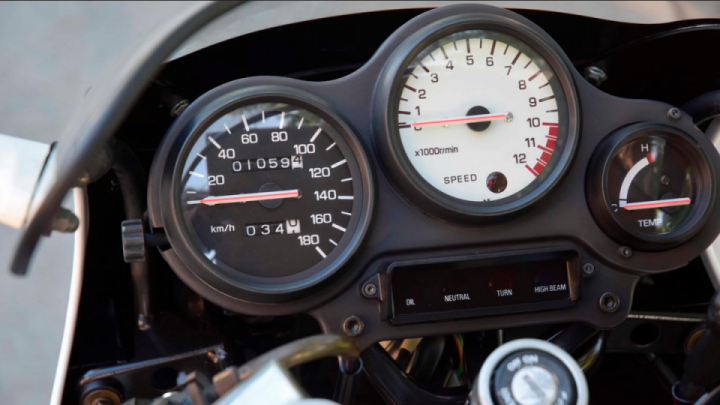
#Moto #Bike #Classic #Sportbike #TZR250R #Yamaha
 John Haylock 27 Oct 2021The article confused me a bit until I realized you just posted pictures of the wrong generation TZR250. The photo's used here are of the first gen TZR with standard forks and powered by the inline vertical twin cylinder engine. The V-twin version with inverted forks you're describing was a much racier model.0Reply
John Haylock 27 Oct 2021The article confused me a bit until I realized you just posted pictures of the wrong generation TZR250. The photo's used here are of the first gen TZR with standard forks and powered by the inline vertical twin cylinder engine. The V-twin version with inverted forks you're describing was a much racier model.0Reply

